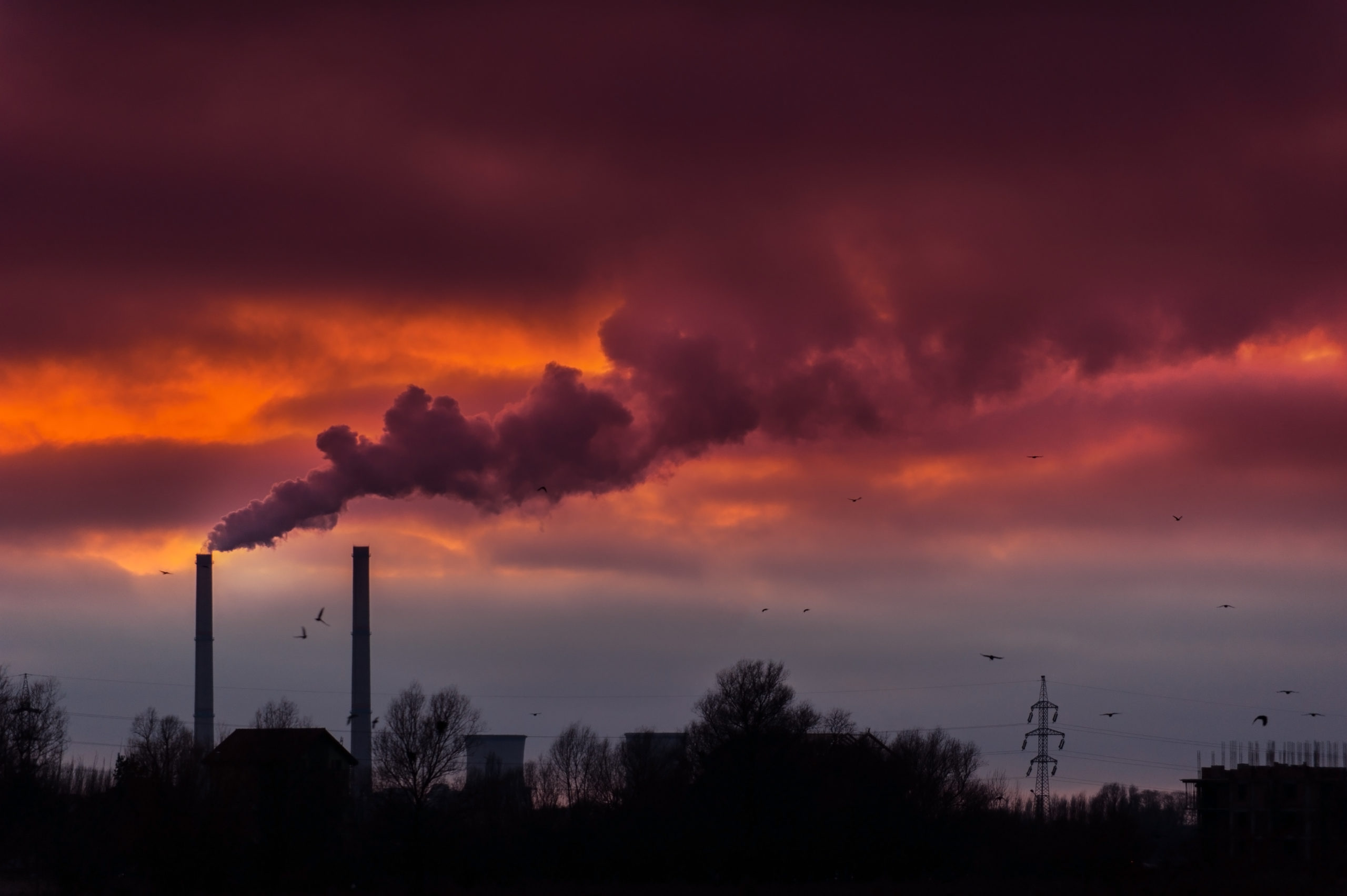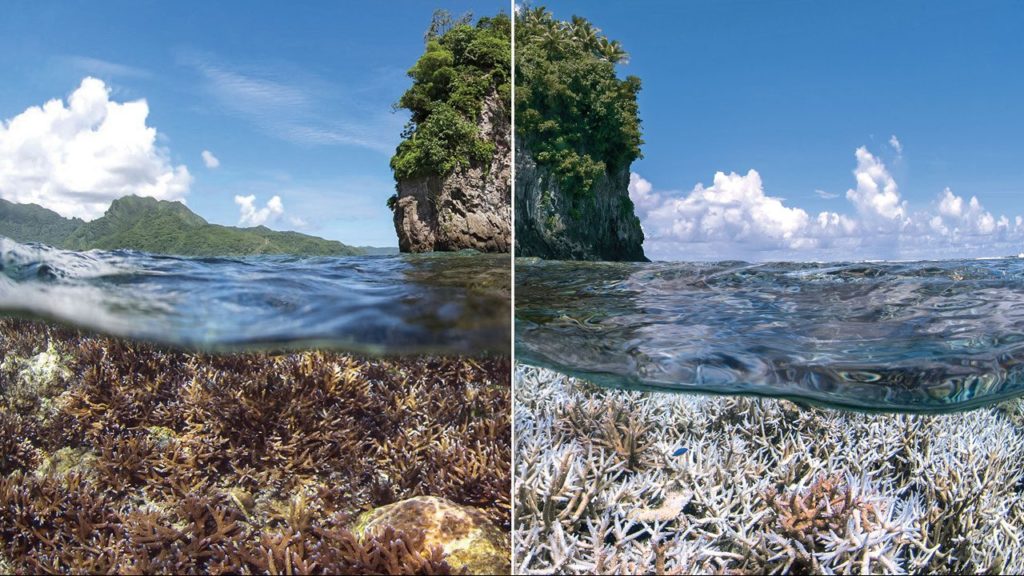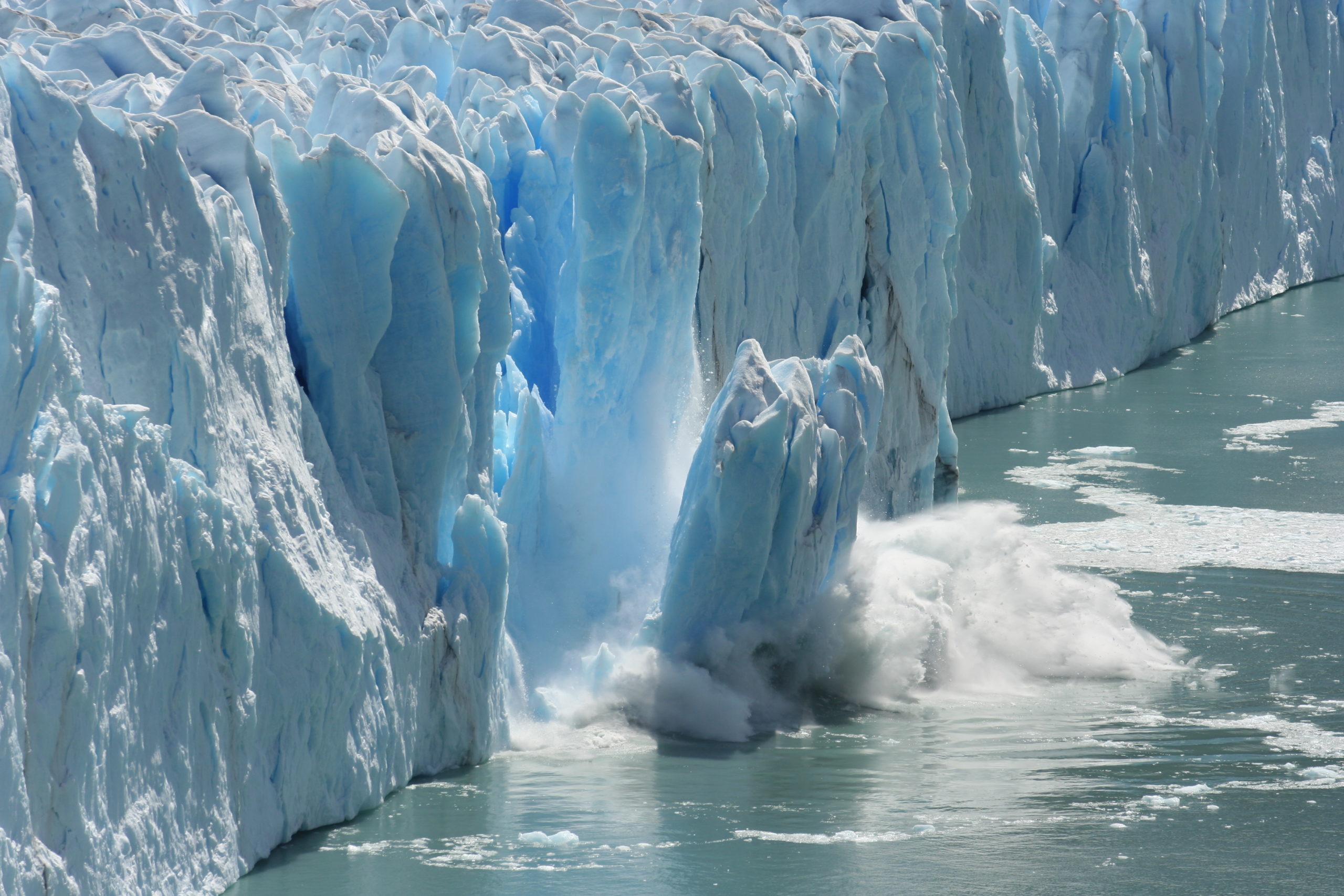WHAT IS CLIMATE CHANGE?
Climate change is one of the biggest threats facing the health of our planet, both on land and in the sea. Atmospheric greenhouse gases trap some of the heat energy that would otherwise re-radiate to space, causing the planet to warm1. With an increase of greenhouse gas inputs, our planet is heating up at an accelerated rate.
Since 1960, it has been known that humans are responsible for the increased amount of heat-trapping greenhouse gases in the atmosphere; by 1979, the U.S. National Academy of Science found there was “no reason to doubt that climate changes will result and no reason to believe that these changes will be negligible”2.
People rely on fossil fuels for almost every aspect of life, from the production and transportation of our groceries to the construction of the buildings we live and work in, and, of course, the vehicles that get us where we need to be. In the developed world, we are undoubtedly reliant on the burning of fossil fuels.

However, it was not until 1991, more than 30 years after learning of the human contribution, that the National Aeronautics and Space Administration (NASA) received funding to begin climate science research through their Earth Observing System. The program’s capabilities — nearly 30 years of satellite-based solar and atmospheric temperature data — helped the Intergovernmental Panel on Climate Change (IPCC) conclude in 2007 that “most of the observed increase in global average temperatures since the mid-20th century is very likely due to the observed increase in anthropogenic (human-caused) greenhouse gas concentrations”2.
The IPCC reports that human activities are estimated to have caused approximately 1 degree Celsius (33.8 degrees Fahrenheit) of global warming above pre-industrial eras, and they concluded that “there is now good evidence that regional changes in climate, particularly increases in temperature, have already affected a diverse set of physical and biological systems in many parts of the world”3. The unseasonal break-up of ice on rivers and lakes and the movements of plant and animal ranges to high altitudes are some examples5. This forced “migration” of living organisms is particularly important to note as we begin thinking about how migratory whales will fare as our oceans continue to warm. In this series, we will focus on climate change impacts to whales and dolphins, due to their cosmopolitan and migratory lives, as well as their overall importance to the health of the ocean.
HOW DOES CLIMATE CHANGE IMPACT THE OCEAN?
All life on Earth depends directly or indirectly on the ocean and cryosphere (the frozen water part of the Earth system)3. Human-induced global climate change has profound implications for marine ecosystems as well as the economic and social systems that depend on them1.
Some impacts are already being felt within ocean ecosystems, causing permanent ecosystem damage. One example is the impact a warming ocean has on coral reefs. Coral reefs live within a very small temperature range, and when that range is exceeded for an extended length of time, the stressed corals “bleach,” or expel the algae living within them. These algae, or zooxanthellae, help corals survive by providing food via photosynthesis2. A coral without algae is a coral without a food source. This coral bleaching can lead to the permanent death of a reef, shocking the entire coral reef ecosystem and creating negative impacts on biodiversity, food availability and shoreline protection.

In addition to the danger to coral reefs, a warming ocean also threatens the chemistry of the ocean. For more than 200 years now (since the industrial revolution), the concentrations of CO2 in the atmosphere have been increasing as well as the amount of CO2 absorbed by the ocean. When the ocean absorbs too much of this gas, seawater becomes more acidic and affects organisms’ ability to survive. A more acidic ocean means more difficulty for organisms, such as oysters, clams and sea urchins, to build their own shells, while also impacting deep and shallow water corals. This change in acidity also threatens non-calcifying organisms. According to NOAA, there are certain fish whose ability to detect predators is decreased in more acidic waters, resulting in clear implications to the health of a delicately balanced ecosystem.
Finally, a warmer ocean can directly affect the development and growth of most fish and cephalopods (e.g., octopus and squid), which means fewer and smaller fish for predators that rely on them as a main source of protein. Warmer oceans also create changes in the feeding and spawning of organisms that rely on ocean temperatures for their continued survival4. This has the potential to impact entire food webs and could spell disaster for the billions of people who rely on a healthy ocean for survival.
WHAT ABOUT THE WHALES?

The rapid warming of the planet is leading to a loss of habitat for whales and dolphins and creating greater competition for a diminishing amount of prey species10. Research in the Southern Hemisphere has revealed a great number of threats to whales as it pertains to climate change, including increase in sea-surface temperature, altered ocean currents and changes in food abundance on whale behavior, as well as impacts to whale-watching and the contested space of whale-watching tourism with other ocean uses6. Recent studies have shown that with changing whale migration patterns, there is less predictability in the “arrival” of whales to traditional whale-watching areas6, creating further economic impact for communities that rely on the industry.
Cetaceans that rely on the Arctic and the Antarctic polar regions will feel the greatest impacts of a warming sea. Due to their slow population growth rates, close link between life history and water temperatures, and reliance on lower trophic level prey, baleen whales are particularly vulnerable to future climate change8. Recent studies conducted on the Southern right whale concluded that reproductive success is dependent upon their ability to find food, and global climate change could impact the distribution of such crucial crustaceans9. If whales are traversing thousands of miles of ocean to feed only to arrive in a region that no longer contains the amount of food they need, the survivability of these large migratory whales will be profoundly impacted.

Another impact to polar regions is the loss of ice cover, or depletion of the cryosphere. For whales, this ice cover is both a “pantry” and a haven from weather and predators, depending on the season. Many Arctic marine mammals are uniquely adapted to life in that region of the planet, having become highly specialized for survival. The less pronounced difference between winter and summer seasons poses a threat to several specialized polar marine mammals such as bowhead whales, belugas, and narwals making them more vulnerable. If there is a shortened summer, for example, then the amount of food produced due to the increase in daylight diminishes. Likewise, if winter is shorter, there may not be enough time for the ice to grow back, decreasing habitat and shelter for some animals13.
WHAT CAN BE DONE?
With a better understanding of the problem, solutions become more clearly illuminated. At Pacific Whale Foundation, we are committed to both the understanding of climate impacts on whale populations and how to best work to mitigate those impacts. We believe that climate change is a real and imminent threat to life on Earth. We strive to educate about the many ways an individual can reduce their own impact, as well as advocate for change at the policy level. Tackling an issue such as climate change will require a holistic approach, involving collective action by individuals, industry leaders, and state and national leaders.
With the new year came a new U.S. administration committed to establishing a 100% clean energy economy with net-zero emissions in this country by 2050. The administration also plans to decarbonize the U.S. power sector by 2035, utilizing renewable energy solutions and technology that can be implemented at great scale and compete with fossil fuels on cost. These are very ambitious and hopeful commitments that will require steadfast advocacy work to hold policy-makers accountable for implementation.
In this series, we highlight the threat of climate change and outline the major policies at the local, national and global level that will work to address this increasingly immediate threat. We will also look at the efforts being made by PWF’s Research and Conservation programs to contribute to the mitigation of impacts to our ocean. Stay tuned!
REFERENCES
- Harley, Christopher D. G., et al. (2006) “The Impacts of Climate Change in Coastal Marine Systems.” Ecology Letters, vol. 9, no. 2, pp. 228–241., doi:10.1111/j.1461-0248.2005.00871.x.
- National Oceanic and Atmospheric Administration (NOAA) https://climate.nasa.gov/nasa_science/history/
- IPCC (2001). Climate Change 2001, Synthesis Report. A Contribution of Working Groups I, II, and III to the Third Assessment Report of the Intergovernmental Panel on Climate Change. Cambridge University Press, Cambridge, UK.
- Denman, K. (2008). Climate change, ocean processes and ocean iron fertilization. Marine Ecology Progress Series, 364, 219-225. doi:10.3354/meps07542
- Haines, Andy. (2004) Health Effects of Climate Change. Clinician’s Corner, vol. 291, no. 1, p. 99., doi:10.1001/jama.291.1.99.
- Richards, R., et. al., (2021) Addressing dynamic uncertainty in the whale-watching industry under climate and system shocks. Science of the Total Environment, 756 143889.
- Tulloch, V., et. al., (2021). Future Recovery of Baleen Whales Is Imperiled By Climate Change. Wiley Global Change Biology doi: 10.1111/gcb.14573
- Leaper, R., et. al., (2006). Global climate drives southern right whale (Eubalaena australis) population dynamics. Biology Letters, 2, 289–292.
- Seyboth, E., et. al.,(2016). Southern right whale (Eubalaena australis) reproductive success is influenced by krill (Euphausia superba) density and climate. Scientific Reports, 6, 28205. https://doi.org/10.1038/srep28205
- Albouy, C., et. al., (2020) Global vulnerability of marine mammals to global warming. Sci Rep 10, 548. https://doi.org/10.1038/s41598-019-57280-3
- University of Zurich. “Climate change is a threat to dolphins’ survival.” ScienceDaily. ScienceDaily, 1 April 2019. www.sciencedaily.com/releases/2019/04/190401115803.htm
- Group for Research and Education on Marine Mammals (GREMM) https://baleinesendirect.org/en/how-is-climate-change-affecting-whales/
- Marine Mammal Commission https://www.mmc.gov/priority-topics/arctic/climate-change/
